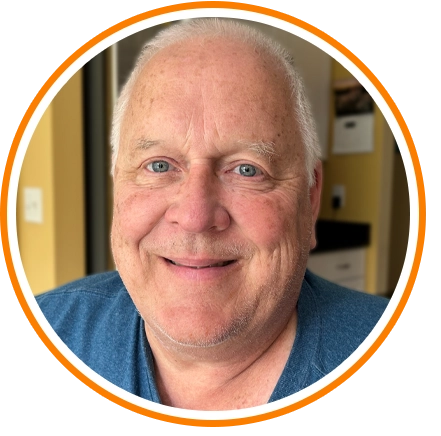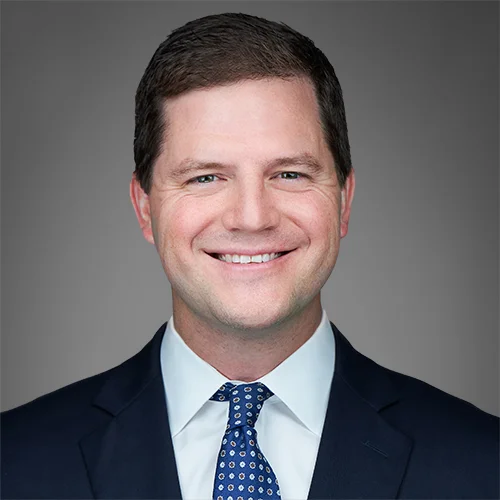
Steve’s story
Ischemic stroke, endovascular thrombectomy
Steve on quick recovery from stroke: 'I just thought it was amazing'
Steve doesn't remember much from the day he suffered a stroke. A leisurely weekend breakfast with his wife and son. Weakness down his left arm. An ambulance ride to the hospital.
"I didn't really realize what was happening," he says. "I remember bits and pieces. I know that I couldn't use my whole left side."
But Steve remembers plenty from just a few hours later, when Dr. Michael Robinson, a neurosurgeon at Mayfield Brain & Spine, told him the medical team had pulled a blockage out of an artery in Steve's brain. By dinner time, he was alert, talking and feeling better.
"When I woke up, I could use my left side again," he says. "I had a headache, but that was about it. I just thought it was amazing."
Seconds matter when treating severe ischemic strokes, where a clot cuts off the blood supply to the brain. Steve's ischemic stroke was caused by a large vessel occlusion, where the clot blocks one of the main arteries leading to the brain. Dr. Robinson performed a thrombectomy, when a surgeon places a catheter into an artery that passes through the blood vessels to the blockage. The surgeon then uses a device to grab the clot and remove it.

"Once Steve got to the angiography suite, we were able to visualize the blood clot and start the mechanical thrombectomy," Dr. Robinson said. "He is extremely fortunate that those around him quickly recognized the signs of a stroke."
Helping to save those precious seconds for Steve were his son Jack, a medical student at the University of Cincinnati, and a bystander with EMT training.
"It was terrifying," says Jack, who is training in emergency medicine. "I heard him make a weird noise, and when I looked at him, he was learning to the left and his face was drooping. We knew what was happening. It was something I'd seen in the hospital, but never with someone I have a connection to."
There are several ways to treat a stroke, including medication to dissolve the clot. Within the last decade, studies have shown endovascular thrombectomy to be the most effective treatment for saving lives and minimizing the risk of permanent effects for patients suffering an ischemic stroke.

"A thrombectomy truly can save patients' lives or enable them to live without the loss of function," Dr. Robinson said. "With the proper training and technology, we are doing more of these procedures at different hospitals throughout Greater Cincinnati and Northern Kentucky. That will enable more patients to receive the expeditious care that helped Steve."
The Mayfield neurovascular team treats strokes at Good Samaritan Hospital, Bethesda North Hospital, The Jewish Hospital-Mercy Health and St. Elizabeth Hospital in Edgewood.
One of the nation's leading independent neurosurgery practices, Mayfield is working with The Christ Hospital to develop a "thrombectomy-ready" stroke center at the Mount Auburn campus.
Before the stroke, Steve had been generally healthy most of his life, with no warning signs at all that a stroke was coming. Today, he says he is fully recovered, even spending a day spreading fertilizer in his lawn.
"I feel like I could go and do anything I want to do," he says. "I was very fortunate, and extremely lucky to have Dr. Robinson there at the time."
~ Cliff Peale
Hope Story Disclaimer -"Steve's Story" is about one patient's health-care experience. Please bear in mind that because every patient is unique, individual patients may respond to treatment in different ways. Results are influenced by many factors and may vary from patient to patient.

Physician bio: Michael Robinson, MD, PhD
Related links:
If you notice signs of a stroke,
think "BE FAST" and call 911.

